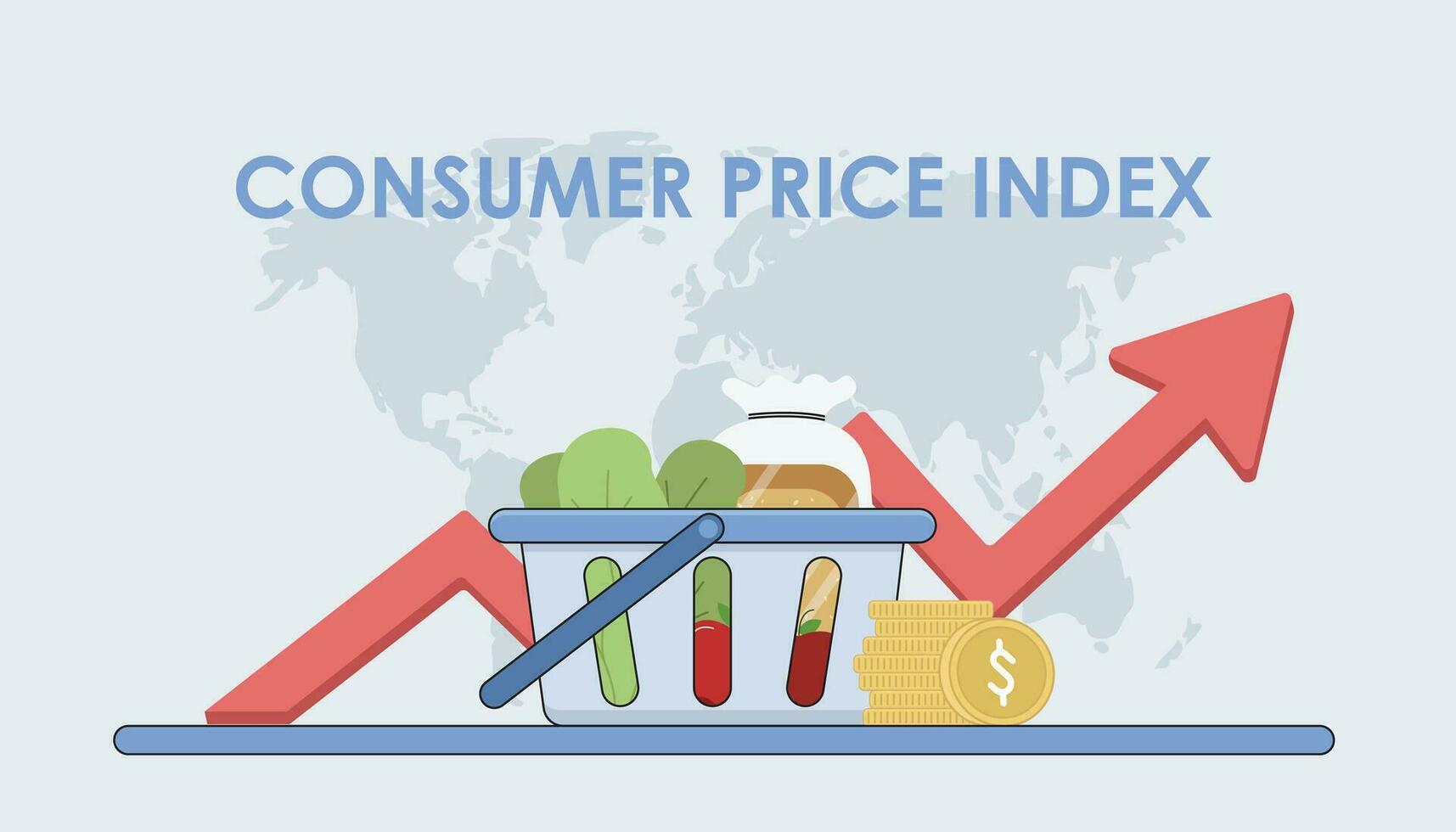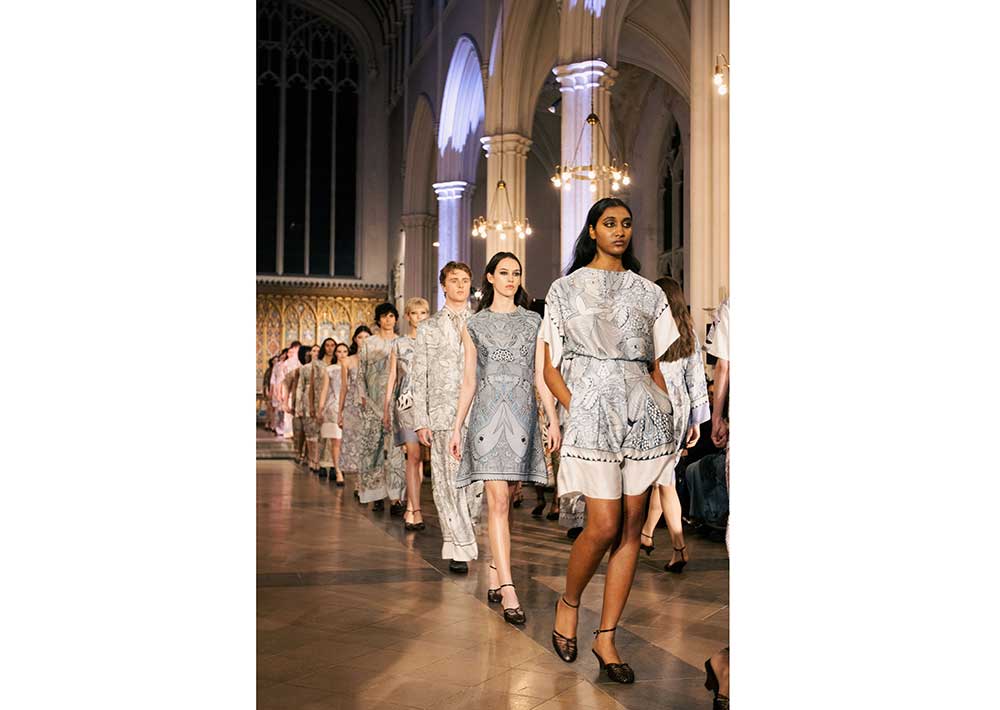
The US and EU continued strong apparel import growth in September. It went up 9 per cent and 13 per cent YoY, respectively, highlights Wazir Advisors latest apparel consumption and trade data for major supplier and buyer nations. The monthly study ‘Apparel trade scenario in key global markets and India’ highlights the US and EU continued strong import growth in September 2024.
Imports and exports on the rise
In September 2024, the US and EU registered strong import growth in apparels while smaller markets like the UK and Japan registered a decline with year-on-year decreases of 11 per cent and 15 per cent, respectively.
At the same time, both China and India recorded significant export growth in October 2024. China's exports went up 9 per cent year-on-year, while India's exports saw remarkable 35 per cent increase. The report also highlights, with significant growth in October, India’s projected exports will range between $15.5 billion and $16 billion, which is around 8-10 per cent increase over 2023.
Interestingly, a look at the share of major suppliers in key markets reveals, the scenario has not changed much in the US market. China still leads with almost 22 per cent market share since 2022 to 2024. Vietnam, Bangladesh, India in that order remained the other top suppliers to the US with 18 per cent, 9 per cent and 6 per cent share since 2022. The scenario is similar in the EU with China leading the pack. However, in the UK, China’s share has gone up since 2023 from 19 per cent to 27 per cent in January-September 2024. Bangladesh’s share has fallen from 15 to 11 per cent. India continues to be the fifth largest supplier with around 4 per cent share.
Mixed retail performance
The study also delved into US and UK apparel sales in October. It revealed US apparel store sales were around 2 per cent higher than the previous year, while home furnishing store sales were up by 11 per cent. However, online clothing and accessory sales dropped by 2 per cent in Q3 2024 compared to the same period in 2023.
Meanwhile, the US inflation rate slightly increased to 2.6 per cent in October, and job growth was modest due to factors like the Boeing strike and hurricanes. Nevertheless, consumer confidence grew to 108.7, reflecting optimism about potential interest rate cuts. What’s more, for last several quarters, several major retailers including Walmart, Target, Kohl’s among others, have reported lower inventory levels compared to same period in the previous year.
In the UK on the other hand, apparel store sales in September 2024 increased by 5 per cent year-on-year, reaching £4.5 billion. However, UK clothing e-commerce sales experienced a 6 per cent decline in Q3 2024 compared to Q3 2023.
The study indicates, global apparel trade in October 2024 was mixed. While major markets like the US and EU continued to drive import growth, smaller markets faced challenges. India's impressive export performance, particularly in October, highlights its growing prominence as a global apparel supplier. The US retail sector showed signs of resilience, with physical store sales increasing. However, the decline in online clothing and accessory sales suggests a shift in consumer preferences. In the UK, while physical store sales grew, e-commerce sales contracted, indicating a potential slowdown in online shopping.
The US economic indicators, including a modest job growth and rising inflation, point to a cautious outlook. However, the rise in consumer confidence suggests optimism about future economic prospects. Moving forward, it will be crucial to monitor the impact of geopolitical factors, economic conditions, and consumer behavior on the global apparel trade and retail industry.











